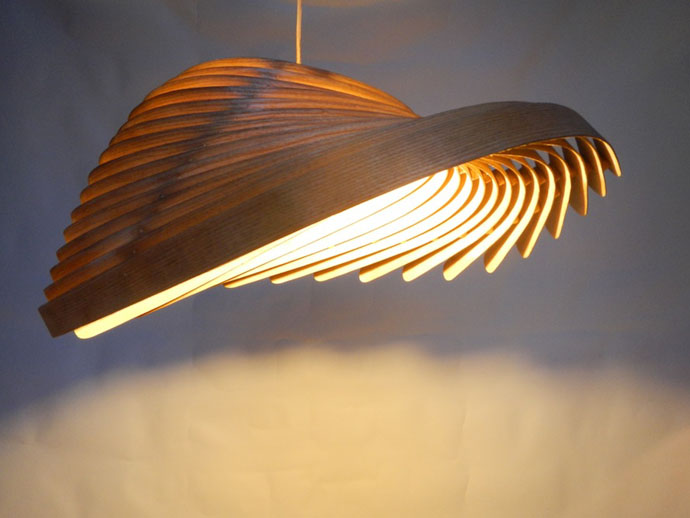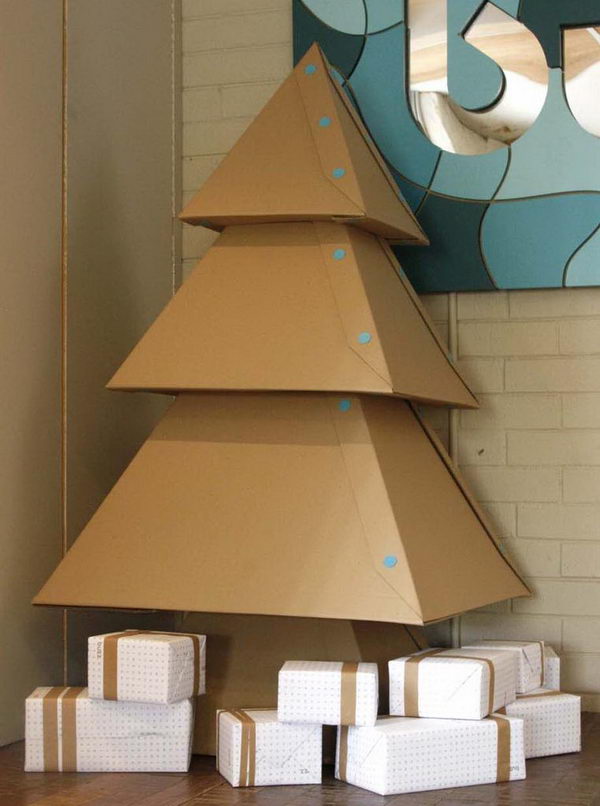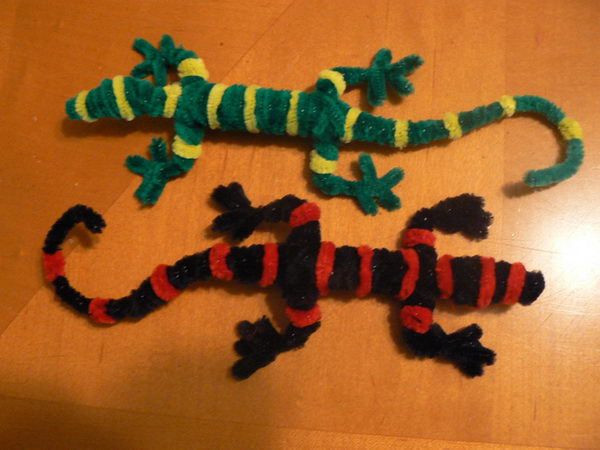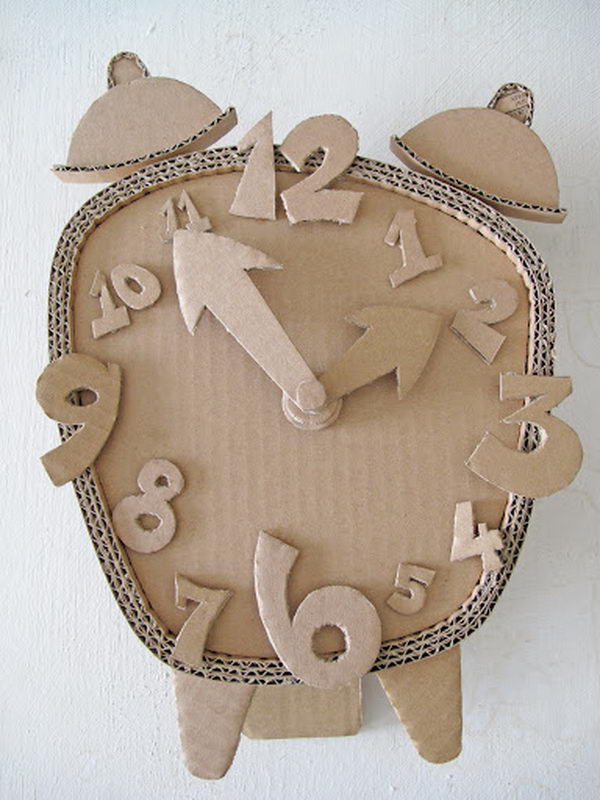Today’s topic is Cool Things To Make Out Of Bullet. Obviously, you can find a great deal of Bullet-related content online. The proliferation of online platforms has streamlined our access to information.
There is a connection between the things to make out of bullet casings and Bullet Shell Art information. additional searching needs to be done for Bullet Casing Necklace, which will also be related to Bullet Casing Ideas.

13 Tips to Cool Things To Make Out Of Bullet | Bullet Casing Vs Shell
- The next important change in the history of the rifle bullet occurred in 1882, when Lieutenant Colonel Eduard Rubin, director of the Swiss Army Laboratory at Thun, invented the copper-jacketed bullet — an elongated bullet with a lead core in a copper jacket. It was also small bore (7.5mm and 8mm) and it is the precursor of the 8mm Lebel bullet adopted for the smokeless powder ammunition of the Lebel Model 1886 rifle. The surface of lead bullets fired at high velocity may melt from the hot gases behind and friction within the bore. Because copper has a higher melting point, and greater specific heat capacity, and higher hardness, copper-jacketed bullets allow greater muzzle velocities. - Source: Internet
- Bullet shapes are many and varied. With a mold, bullets can be made at home for reloading ammunition, where local laws allow. Hand-casting, however, is only time- and cost-effective for solid lead bullets. Cast and jacketed bullets are also commercially available from numerous manufacturers for handloading and are most often more convenient than casting bullets from bulk or scrap lead. - Source: Internet
- The carabine à tige, developed by Louis-Étienne de Thouvenin in 1844, was an improvement of Delvigne’s design. The rifle barrel has a forcing plug in the breech of the barrel to mold the bullet into the rifling with the use of a special ramrod. While successful in increasing accuracy, it was difficult to clean. - Source: Internet
- Lead : simple cast, extruded, swaged, or otherwise fabricated lead slugs are the simplest form of bullets. At speeds of greater than 300 m/s (1,000 ft/s) (common in most handguns), lead is deposited in rifled bores at an ever-increasing rate. Alloying the lead with a small percentage of tin and/or antimony serves to reduce this effect but grows less effective as velocities are increased. A cup made of harder metal, such as copper, placed at the base of the bullet and called a gas check, is often used to decrease lead deposits by protecting the rear of the bullet against melting when fired at higher pressures, but this does not solve the problem at higher velocities. A modern solution is to powder coat the lead projectile, encasing it in a protective skin, allowing higher velocities to be achieved without lead deposits. - Source: Internet
- European advances in aerodynamics led to the pointed spitzer bullet. By the beginning of the 20th century, most world armies had begun the transition to spitzer bullets. These bullets flew for greater distances more accurately and transferred more kinetic energy. Spitzer bullets combined with machine guns greatly increased lethality on the battlefield. - Source: Internet
- Terminal ballistics and stopping power are aspects of bullet design that affect what happens when a bullet impacts with an object. The outcome of the impact is determined by the composition and density of the target material, the angle of incidence, and the velocity and physical characteristics of the bullet. Bullets are generally designed to penetrate, deform, or break apart. For a given material and bullet, the strike velocity is the primary factor that determines which outcome is achieved. - Source: Internet
- Expanding bullet loaded in a 6.5×55mm before and after expanding. The long base and small expanded diameter show that this is a bullet designed for deep penetration on large game . The bullet in the photo traveled more than halfway through a moose before coming to rest, performing as designed. - Source: Internet
- A ballistic tip bullet is a hollow-point rifle bullet that has a plastic tip on the end of the bullet. This improves external ballistics by streamlining the bullet, allowing it to cut through the air more easily, and improves terminal ballistics by allowing the bullet to act as a jacketed hollow point. As a side effect, it also feeds better in weapons that have trouble feeding rounds that are not full metal jacket rounds. - Source: Internet
- Spitzer bullets were streamlined at the base with the boat tail. In the trajectory of a bullet, as air passes over a bullet at high speed, a vacuum is created at the end of the bullet, slowing the projectile. The streamlined boat tail design reduces this form drag by allowing the air to flow along the surface of the tapering end. The resulting aerodynamic advantage is currently seen as the optimum shape for rifle technology. The first combination spitzer and boat-tail bullet, named balle D by its inventor Captain Georges Desaleux, was introduced as standard military ammunition in 1901, for the French Lebel Model 1886 rifle. - Source: Internet
- Poisonous bullets were a subject to an international agreement as early as the Strasbourg Agreement (1675). The Saint Petersburg Declaration of 1868 prohibited the use of explosive projectiles weighing less than 400 grams;[32] it was reasoned that more deadly bullets would lead to less suffering.[33] The Hague Convention prohibits certain kinds of ammunition for use by uniformed military personnel against the uniformed military personnel of opposing forces. These include projectiles that explode within an individual, poisoned and expanding bullets. Protocol III of the 1983 Convention on Certain Conventional Weapons, an annexed protocol to the Geneva Conventions, prohibits the use of incendiary ammunitions against civilians. - Source: Internet
- Square bullets have origins that almost pre-date civilization and were used in slings. They were typically made out of copper or lead. The most notable use of square bullet designs was by James Puckle and Kyle Tunis who patented them, where they were briefly used in one version of the Puckle gun. The early use of these in the black-powder era was soon discontinued because of the irregular and unpredictable flight patterns. - Source: Internet
- Bullet sizes are expressed by their weights and diameters (referred to as “calibers”) in both imperial[1] and metric measurement systems. For example: 55 grain .223 caliber bullets are of the same weight and caliber as 3.56 gram 5.56mm caliber bullets. - Source: Internet
- Delvigne continued to develop bullet design and by 1830 had started to develop cylindro-conical bullets. His bullet designs were improved by Francois Tamisier with the addition of “ball grooves” which are known as “cannelures”, which moved the resistance of air behind the center of gravity of the bullet.[18] Tamisier also developed progressive rifling: the rifle grooves were deeper toward the breech, becoming shallower as they progressed toward the muzzle. This causes the bullet to be progressively molded into the grooves which increases range and accuracy.[19][20] - Source: Internet
 Following are some suggestions for where to begin your search for data on Bullet Casing Jewelry:
You should try to find Bullet Casing Ideas-related information from reputable places. Libraries, online resources, and even paid journalists all fall under this category.
- It's crucial to be aware of the various electronic media sources available when researching Bullet Casing Ideas, such as Google and YouTube. You may also get info about Bullet Shell Art on social media sites like Facebook and Twitter.
Following are some suggestions for where to begin your search for data on Bullet Casing Jewelry:
You should try to find Bullet Casing Ideas-related information from reputable places. Libraries, online resources, and even paid journalists all fall under this category.
- It's crucial to be aware of the various electronic media sources available when researching Bullet Casing Ideas, such as Google and YouTube. You may also get info about Bullet Shell Art on social media sites like Facebook and Twitter.It’s crucial to read to examine the authenticity of each source in order to acquire the greatest information regarding Singeek Bullet Shell Casing Shaped Army Tank Metal Sculpture,Great Decorative Artwork Model Gift for Home,Study Room Decorations (95 Tank).
Video | Cool Things To Make Out Of Bullet
You’ll learn more about Bullet Shell Casing after watching the films included in this post, which come from a variety of different sources. Information on a wide range of topics can be easily accessed via the internet.
## Notable features of Bullet Shell Art include:- Things To Make Out Of Bullet Casings
- Bullet Casing Craft Ideas
- Bullet Casing Jewelry
- Bullet Casing Ideas
- Empty Bullet Casing Crafts

With the abundance of Bullet Casing Ideas-related resources available online, it’s easy to find what you’re looking for.
This is not how most people would expect to learn more about Bullet Shell Casing, so be prepared for some shock value. It paves the way for a closer examination of the Bullet information’s actual substance and its potential applications.
 techniques for making things to make out of bullet casings data visualizations that are both aesthetically pleasing and practically applicable. They can spread the word about Bullet Shell Art in professional and promotional settings. For this reason, we also include Singeek Bullet Shell Casing Shaped Army Tank Metal Sculpture,Great Decorative Artwork Model Gift for Home,Study Room Decorations (95 Tank)-related pictures.
techniques for making things to make out of bullet casings data visualizations that are both aesthetically pleasing and practically applicable. They can spread the word about Bullet Shell Art in professional and promotional settings. For this reason, we also include Singeek Bullet Shell Casing Shaped Army Tank Metal Sculpture,Great Decorative Artwork Model Gift for Home,Study Room Decorations (95 Tank)-related pictures.
At last, this article sums up key points about Bullet Casing Vs Shell. There is also a comparison of your Bullet Casing Craft Ideas knowledge to that of Bullet Shell Art, as well as a discussion on Bullet Casing Jewelry and Bullet Casing Necklace.